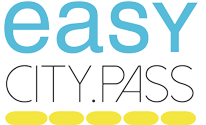 Photo: privat, Birgit L.
Photo: privat, Birgit L.
35 Jahre Mauerfall: Birgit, prospective travel agent
Schöneberg, American sector
I was 23 years old at the time (born in 1966), a budding travel agent, and had grown up in Schöneberg in the American sector, we had no direct contacts “over there”, sometimes there was a gift from us for a parcel from the West and I was delighted when beautiful wafers with silvery glitter or stamps from the GDR arrived as thanks.
From childhood onwards, it was part of life that you always bumped into the Wall somewhere, that car journeys always took you along the transit routes, that you had a queasy feeling at the border checkpoints, and that you had to behave following the rules. We had visited all those huge museums “over there” on Museum Island, obtained a visa beforehand and exchanged West German marks for East German marks, drank cocoa in amazement on the TV tower where the restaurant was revolving, and then pondered when looking at the menu: what is a broiler, a "Grillette" or "Kettwurst"? And why did it feel so infinitely far away and distant from home, perhaps because there were no flashing Coca-Cola advertising signs or the typical billboards in this seemingly gray, foreign cityscape?
As we got older, we marveled at the extended truth of the GDR TV show: the black channel, which had disappeared from GDR television in those autumn days. I never liked taking our West German visitors to the viewing platforms at the Wall so that they could take a curious look at the border strip, hoping to catch a glimpse of soldiers or residents behind it. Above all, however, I admired the courage of the GDR population in the fall of 1989, these weekly demonstrations grew in demonstrators and the sentence echoed: “We are the people”, which gave me goose bumps.
-
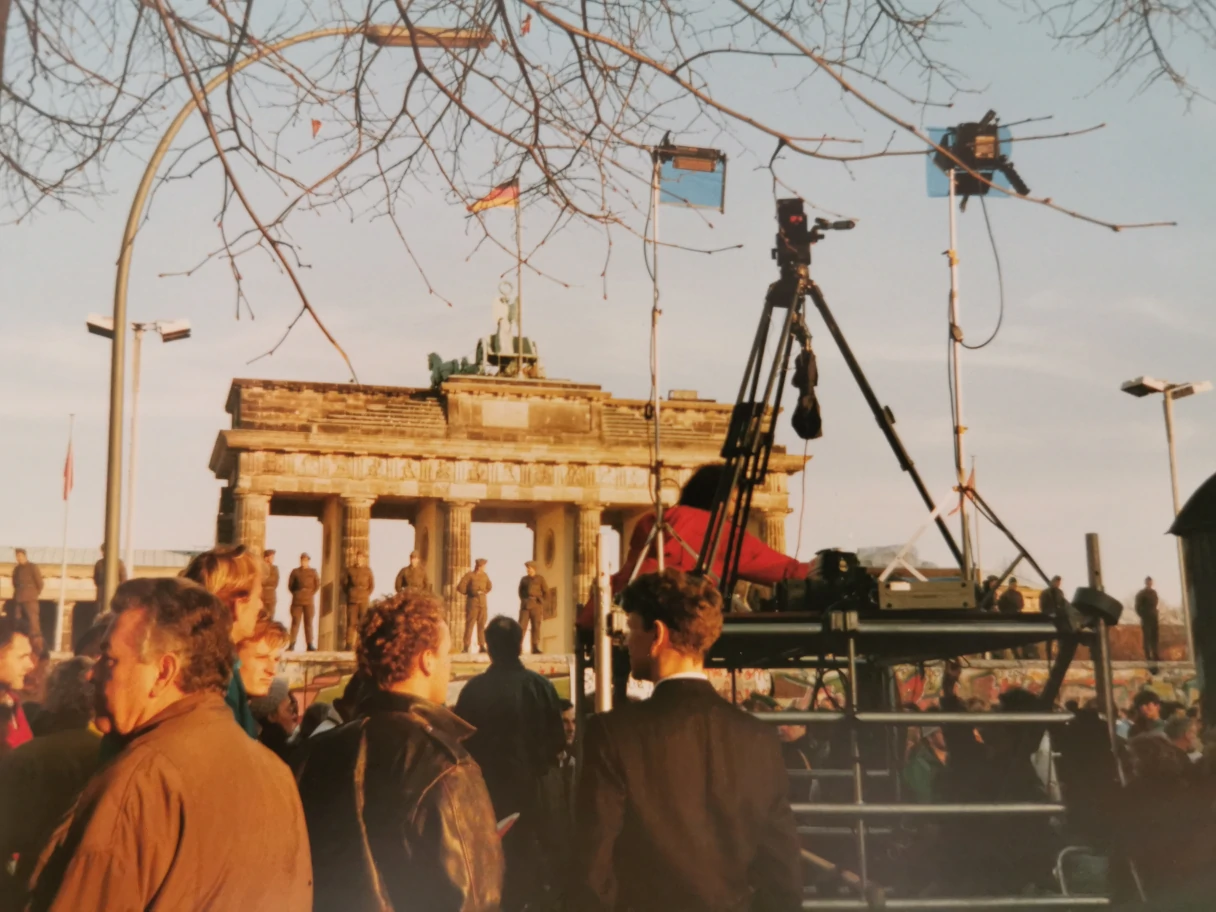 Photo: privat, Birgit L.
Photo: privat, Birgit L.
-
 Photo: privat, Birgit L.
Photo: privat, Birgit L.
-
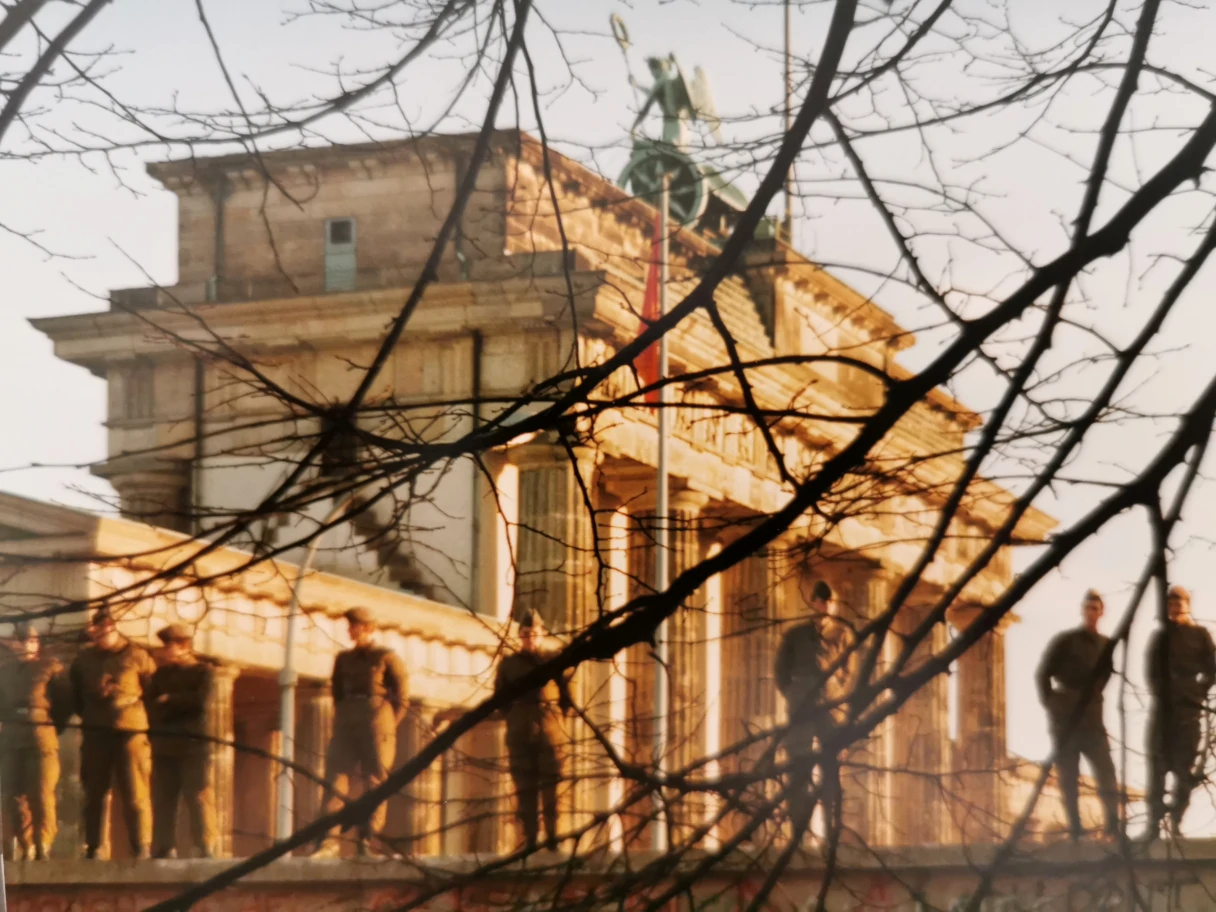 Photo: privat, Birgit L.
Photo: privat, Birgit L.
-
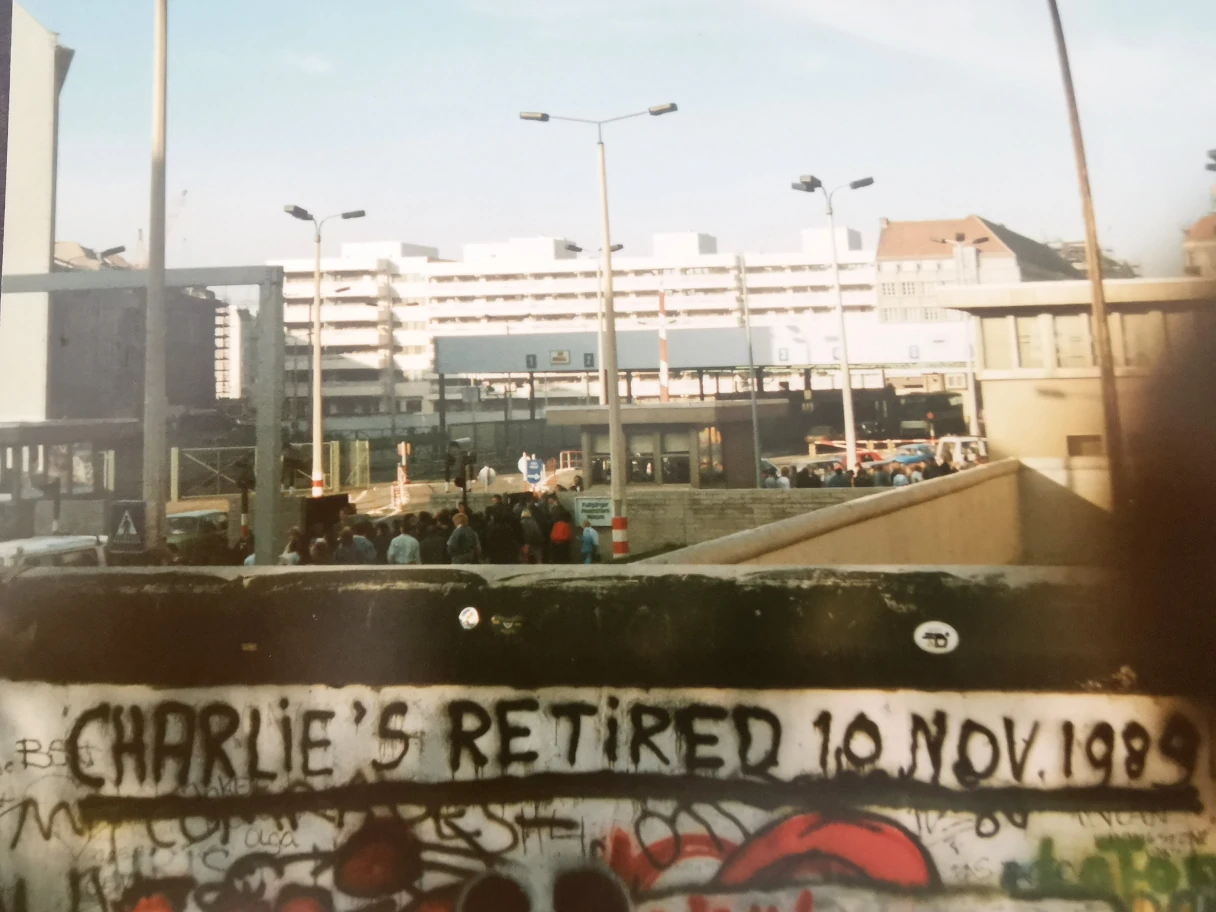 Photo: privat, Birgit L.
Photo: privat, Birgit L.
Unbridled joy and a touch of uncertainty
So on that Thursday evening in November, we were still incredulous at what we heard on the TV news—it couldn't be. The wall is supposed to have fallen—nonsense. Or was it just gone?
The next day, however, there was a light blue haze wafting over the city, the chugging two-stroke engine noises of the Trabbi cars suddenly winding their way through the city and rolling slowly. There was a stench of exhaust fumes everywhere, I felt the wall banging loudly, please hurry so that the wall is finally gone .... These barely diminishing, long queues in front of the banks that paid out the welcome money to the citizens of the GDR, and the fact that in 1989 there were new statutory store opening hours in the retail sector.
We simply struck up a conversation on the street, sat down in a café at Karstadt, marveled together, and looked back over all those years. Alongside the unbridled joy, there was also a hint of uncertainty as to what this sudden change in life might bring. With a good dose of naivety and joy, I realized that Berlin suddenly felt like it was almost by the sea, the Baltic Sea and that there would be endless travel opportunities in the future. I had already been to America, but I didn't know the Elbe Sandstone Mountains or had set foot in the Spreewald or Dresden.
We planned our daily routes for weeks in the direction of the Brandenburg Gate and the new border points, hoping to finally be able to cross the border to East Berlin, which was only possible at Christmas. On Christmas Eve, my friend and I drove my rickety VW Beetle back home for the first time in Rudow via the eastern Sonnenallee to Britz and it was indeed an uplifting feeling of freedom at that moment to simply be allowed to choose this route through East Berlin. Why I was always amazed that the houses here, built by Bruno Taut and his Bauhaus colleagues, were the same as those on the other side of the border strip in the west... The first inkling that we had once been a coherent city ...
-
 Photo: privat, Birgit L.
Photo: privat, Birgit L.
-
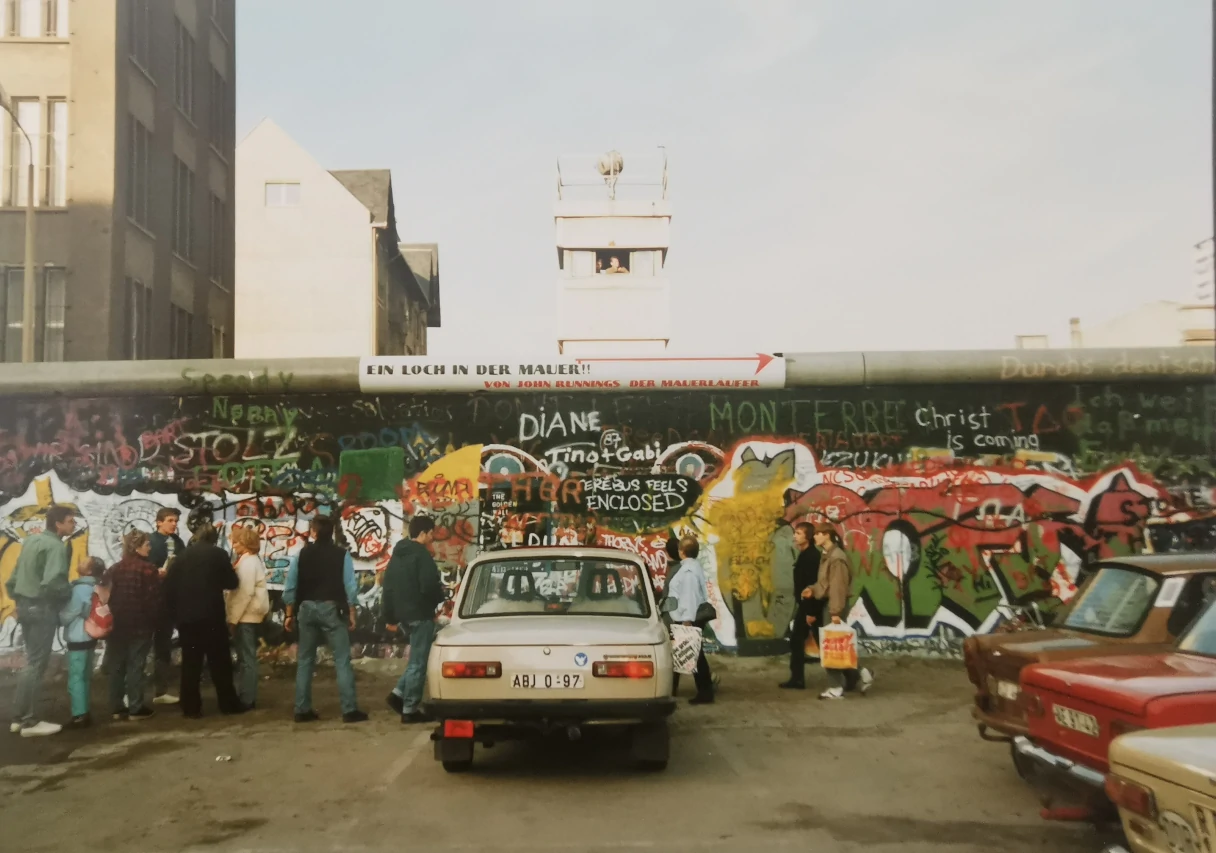 Photo: privat, Birgit L.
Photo: privat, Birgit L.
-
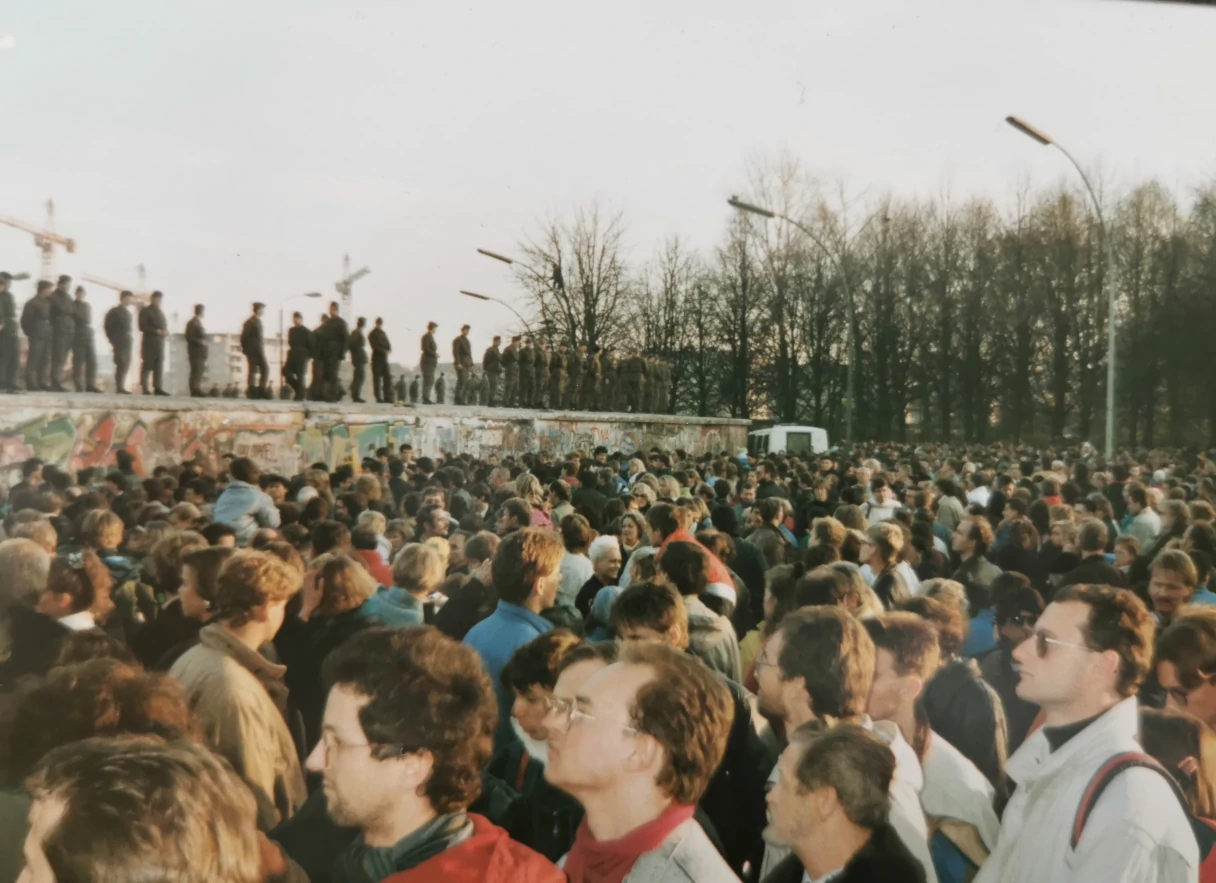 Photo: privat, Birgit L.
Photo: privat, Birgit L.
-
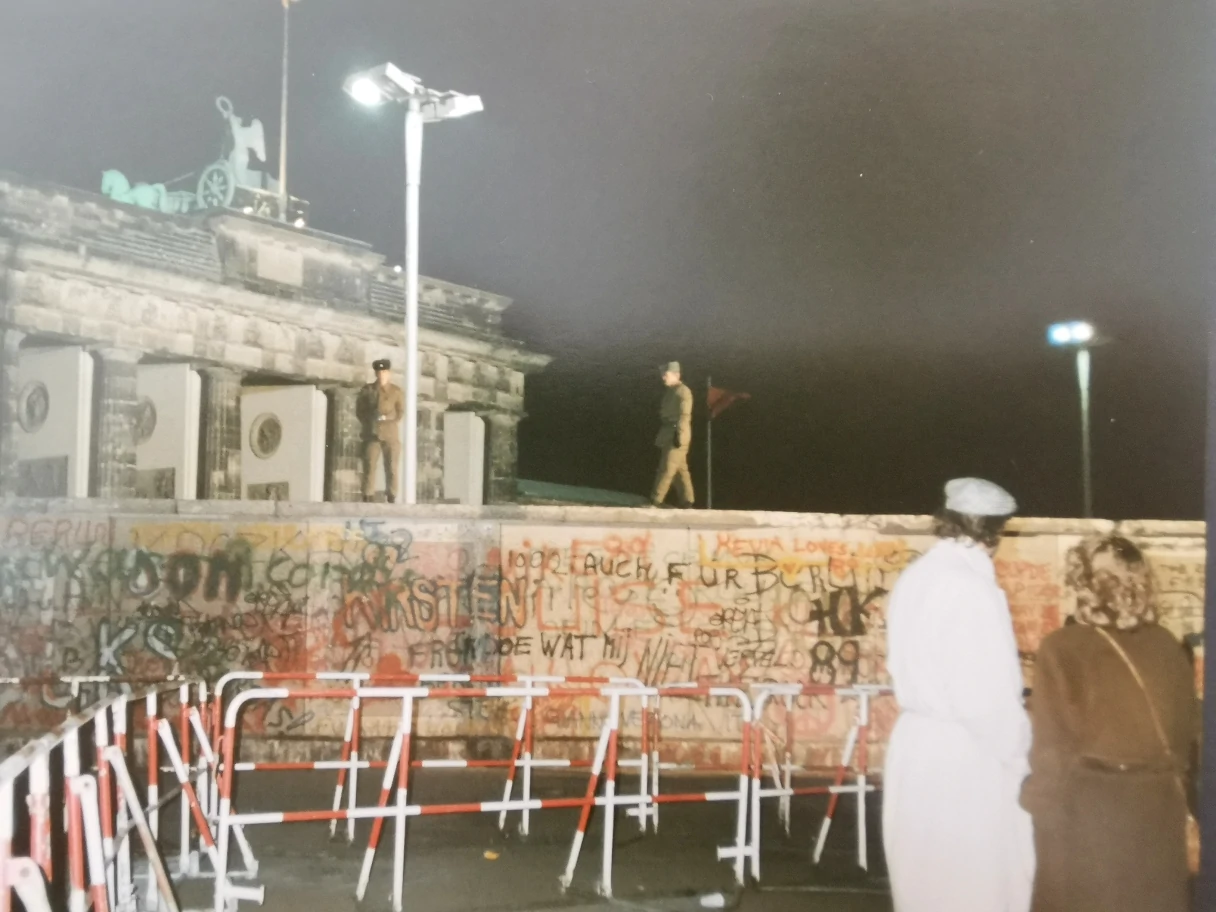 Photo: privat, Birgit L.
Photo: privat, Birgit L.
Read the other personal Wall stories from our community here.
